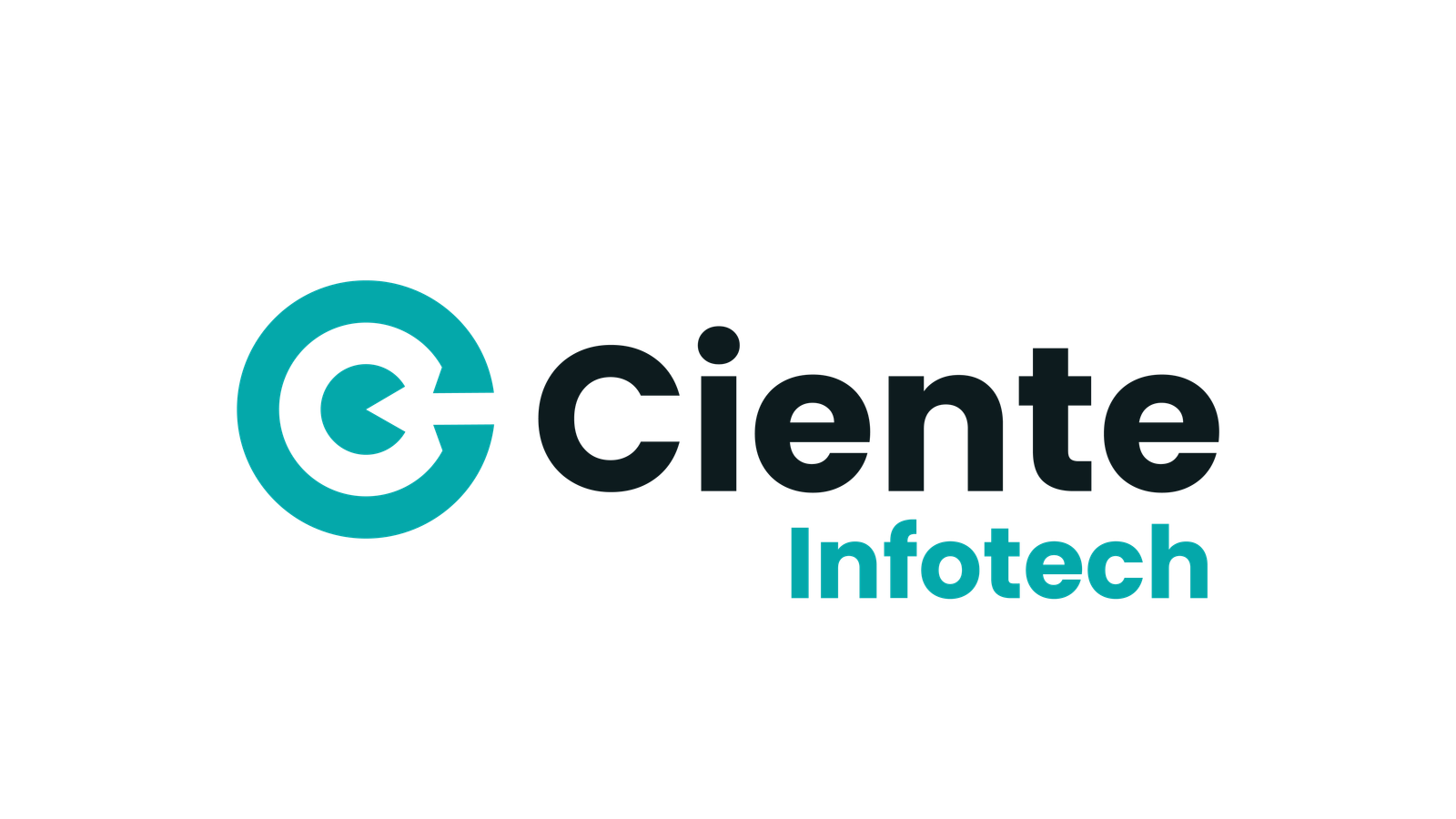Discover the transformative power of integrating DevOps practices with top automation tools for smarter, streamlined, and more efficient software testing.
In the world of software development, the traditional waterfall approach — a linear methodology that consists of sequential phases — often struggles to meet rapid delivery demands and the quest for optimal quality. The challenge begs for a more holistic, cohesive approach.
Enter DevOps: a synergistic amalgamation of software development (Dev) and IT operations (Ops). This approach, when harmoniously paired with a comprehensive set of testing and automation tools, can be transformative for software testing. In this article, we aim to shed light on how optimizing your DevOps practices with strategic tooling can significantly uplift software testing efforts.
DevOps and Its Significance in Testing
DevOps is more than a technical method; it’s a cultural revolution that melds development and operations teams into a unified force. The blending diminishes traditional barriers, promoting collaboration. In such a framework, continuous testing becomes the norm, with every code fragment being evaluated almost instantaneously. However, as per recent studies, only 11% of software development teams believe they have fully embraced DevOps.
By utilizing automation testing tools within this structure, applications undergo evaluations after each integration, maintaining optimal functionality and minimizing defects. This continuous assessment means that bugs are detected early, saving considerable time, resources, and, not to forget, the associated financial burdens of later-stage rectifications.
The DevOps Approach to Testing
DevOps challenges conventional software testing methodologies. Rather than relegating testing to a post-development phase, DevOps introduces a continuous process that seamlessly integrates testing tools, including test APIs and automation utilities, throughout the development life cycle. Such ongoing evaluations ensure that the developed software is always in its best form, with any issues being rectified almost immediately.
Leveraging Automation in DevOps
The Role of Automation Testing Tools
In the world of DevOps, automation testing tools stand out as the superheroes. These tools, with their capabilities to initiate continuous testing, ensure that each code integration adheres to the defined quality standards. Moreover, automated tools perform exhaustive testing processes that, if done manually, could be prone to human errors. Such rigorous evaluation guarantees a product that stands up to the most stringent quality parameters.
Bridging Gaps with Test Automation Software
Test automation software acts as the cornerstone, ensuring a seamless meld between developmental stages and operational processes. It guarantees that newly integrated code snippets gel perfectly with the existing structure.
Beyond just functional validation, this software dives deep, facilitating non-functional tests. It scrupulously assesses software performance under diverse conditions, ensuring the final product is not just flawless but robust and geared for scalability.
Tools and Strategies: Fortifying DevOps Testing
Harnessing DevOps Tools for Optimal Testing
DevOps isn’t just about fostering a culture of collaboration; it’s about utilizing a plethora of tools to fine-tune every developmental nuance. Tools like Jenkins, Docker, and Kubernetes, though traditionally associated with deployment and integration, have profound implications in the testing phase. These tools, by automating diverse facets of the development lifecycle, promise a consistent, rapid, and top-tier software delivery process.
Crafting a Sound DevOps Testing Strategy
Setting up a successful DevOps strategy is more than just ticking boxes—it’s about creating a roadmap that works effectively and adapts as needed. Here’s a breakdown of what a successful strategy might include:
Constant Feedback: In today’s fast-paced environment, waiting for end-of-month reports isn’t enough. Immediate feedback on your application’s performance can pinpoint issues right away, letting you tackle them head-on and stay ahead.
Delving into Metrics: Numbers tell a story. Looking at key performance indicators and metrics can spotlight inefficiencies and help anticipate potential issues. It’s about understanding the data and using it to guide your strategy.
Regular Testing: The digital world is ever-changing. To keep up, you need to ensure your software doesn’t just work now but is set up for future success. By revisiting and testing your software regularly, you ensure it’s always in top shape.
Amplifying DevOps Practices for Superior Outcomes
Jumping on the DevOps bandwagon is a start, but it’s the continuous fine-tuning of practices that really brings success. Here’s how to get more from your DevOps:
Teamwork is Key: Breaking down barriers between teams—like development and operations—can foster innovation and make sure everyone is on the same page. Encouraging this sort of open communication can transform your workflow.
Automation for the Win: Let’s be honest—repetitive tasks are tedious and prone to errors when done manually. By automating these tasks, you not only save time but also ensure consistency.
Stay in the Know: DevOps isn’t static. New tools and methodologies pop up regularly. By ensuring your team is up-to-date, you’re always ahead of the curve.
Enhancing Software Testing: The DevOps Evolution
– Merging Clouds and Codes: The DevOps-Cloud Synergy
The rise of cloud computing has reshaped the way we think about IT infrastructure. When we pair this with DevOps, it’s like adding rocket fuel to a car. The cloud offers the agility and scalability that DevOps thrives on. It provides an environment where continuous testing, rapid iterations, and constant deployments become more seamless.
A Peek into the Real World: Think of Netflix. The company isn’t just known for binge-worthy shows; they’re also pioneers in the tech world. Their massive global operations, supported by cloud platforms, allow them to deploy and test various features effortlessly. It ensures that viewers, regardless of their location, enjoy consistent, high-quality streaming.
– Continuity is Key: Embracing CI/CD
Continuous Integration (CI) and Continuous Deployment (CD) aren’t just buzzwords; they’re the essence of DevOps. The idea behind CI is simple: integrate changes often. By doing so and running automated tests on these integrations, issues are spotted and rectified swiftly.
CD takes it a step further. Once our code has been vetted through CI and deemed bug-free, it’s deployed. The best thing about it is that this entire process is automated. It results in faster deliveries, happy developers, and even happier customers.
Testing’s Vital Role in CI/CD: With CI/CD, every change is put under the microscope. Automated tests run at every stage, ensuring that every piece of code is production-ready. This not only makes life easier for developers but also ensures that the final product is as polished as it can be.
– It’s Not Just Tech: The Cultural Shift of DevOps
For all the talk about tools and methodologies, DevOps, at its heart, is about people. It’s a shift in mindset. It champions collaboration, fosters a “fail fast, learn faster” attitude, and places emphasis on continuous feedback.
DevOps is a far bigger picture than the technologies we use to execute it. Building a culture of open discussion, collaboration, and development amongst team members. When people are prompted to work together and accept responsibility, extraordinary outcomes are achieved. That’s the mindset of a DevOps team.
Conclusion
Modern automation and testing tools, when combined with DevOps principles, have completely altered the software development landscape. According to Statista’s projections for 2022, the movement is clearly gaining traction, with nearly half of all development teams around the world now using DevOps. From 35.9% in 2021 to 47% in just one year is quite an increase.
It’s not just about accelerating progress here. The software quality, rate of innovation, and overall development atmosphere can all improve with DevOps adoption. The more groups adopt this strategy, the clearer its advantages will become. DevOps is more than a passing fad; it has become an indispensable part of modern software development processes.



